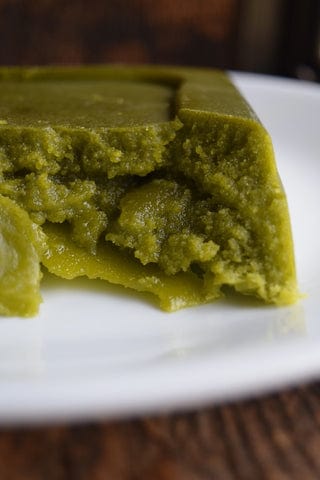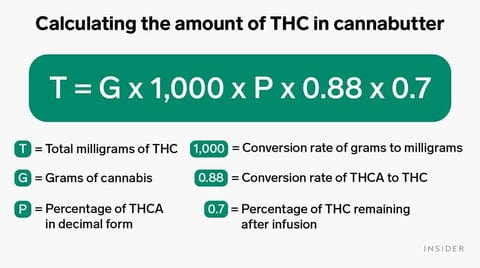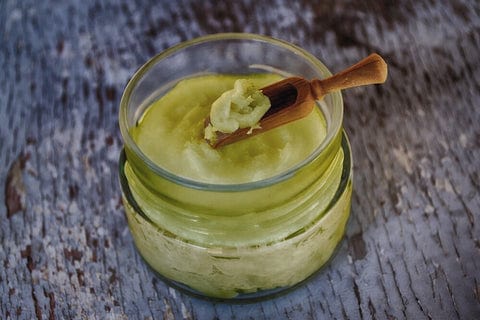When it comes to sourcing premium THCA flower at a more affordable price, few options are as smart—or as flavorful—as THCA trim and shake. At Black Tie, we believe that value doesn’t have to mean compromise. Our THCA Trim and Shake offers the same high standards of cultivation, potency, and freshness that define our award-winning strains, just in a smaller, more budget-friendly form.
Whether you're rolling joints, creating homemade edibles, or seeking a discreet, flexible way to enjoy top-shelf cannabis, Black Tie's Trim and Shake delivers an ideal combination of affordability and quality. Let’s break down why this product is quickly becoming a favorite among savvy cannabis consumers.
What is THCA Trim/Shake?
In the world of cannabis, trim and shake refers to the smaller parts of the cannabis flower that naturally separate during handling, packaging, or curing. But not all trim and shake are created equal.
At Black Tie, THCA Trim and Shake consists of:
- MINIS (sometimes called "popcorn buds")
- Sugar leaves coated in trichomes
- Loose trichomes (kief-like particles)
You will not find stems, large leaves, or floor sweepings in our trim. Instead, you get the finest parts of our premium indoor-grown flower, preserved with care to ensure high potency and flavor integrity.
Why Choose THCA Trim and Shake?
Choosing THCA Trim and Shake is not just about saving money—it’s a smart way to extend your cannabis experience without sacrificing quality.
1. True Premium Quality
Our trim and shake are collected from the same strains you already know and love—Fruity Loops, Sour Diesel, Lemon Cherry Gelato, Sunset Sherbert, Critical Mass, Archive Runtz, and more. It’s the same flower, same indoor cultivation, and same trichome-rich potency—just smaller pieces.
2. Unmatched Value
Trim and shake offer an easy way to stretch your budget without trading down in potency. You can get more product for less cost, making it a fantastic option for frequent users or anyone seeking high-quality flower at better pricing.
3. Versatile Usage
Because of its finer texture, THCA Trim and Shake is incredibly versatile:
- Roll joints or blunts without needing a grinder.
- Pack bowls for quick, flavorful sessions.
- Infuse into butter or oils for potent homemade edibles.
- Craft tinctures, capsules, or concentrates at home.
Its flexibility makes it perfect for both smoking and non-smoking applications.
4. Consistent Potency
Our trim is rich in cannabinoids and loaded with trichomes, meaning you can expect effects comparable to full-sized buds. Whether you’re seeking relaxation, creativity, or pain relief, Black Tie’s Trim and Shake holds its own.
How Does Black Tie Ensure Trim and Shake Quality?
At Black Tie, we treat Trim and Shake with the same level of care as our premium flower strains:
- Freshness First: Regularly refreshed batches to ensure maximum flavor and potency.
- Clean Processing: Collected from clean trim tables, not the floor.
- Strain Integrity: Our trim represents actual cultivars—no random mixes or inferior product blends.
- Lab-Tested: Just like our full buds, our THCA Trim and Shake is third-party tested for potency and compliance.
Legal, Secure, and Fast Delivery
Ordering Black Tie’s THCA Trim and Shake is as easy—and legal—as ordering a cup of coffee online.
- 2018 Farm Bill Compliant: Less than 0.3% Delta-9 THC by dry weight, making it federally legal.
- Nationwide Shipping: Delivered securely to your door via USPS or UPS—no need to visit a dispensary.
- No Excise Taxes: Unlike Colorado and California dispensaries, Black Tie’s direct-to-consumer model means you enjoy premium cannabis without heavy taxation.
- 30-Day Satisfaction Guarantee: If you're not fully satisfied, Black Tie’s award-winning customer support team will work with you to make it right.
Best Ways to Use THCA Trim and Shake
1. Smoking and Vaping
Thanks to its already-broken-down form, trim is perfect for loading into joints, blunts, or pipes with minimal effort. Great for casual sessions or group settings.
2. Edibles
Trim and shake are ideal for making DIY cannabis-infused oils or butters. The smaller surface area increases extraction efficiency, making edibles even more potent.
3. Infusions
Looking to create your own tinctures, capsules, or topical salves? Start with high-quality trim for the best results.
4. Boosting Your Flower
Mix trim and shake into your premium nugs to stretch your supply without losing potency or flavor.
If you’re interested in getting even more from your THCA Trim and Shake, there are endless possibilities beyond just rolling and smoking. Many Black Tie customers love using their trim to create potent homemade edibles. If you’re curious about how to transform your trim into powerful infusions, be sure to check out our detailed guide on Turning Trim into Edibles. Plus, if you want a deeper understanding of what sets premium THCA trim apart from lower-quality CBD shake products, our blog What Are the Differences Between CBD Trim and Shake breaks it down clearly.
Why Smart Shoppers Are Turning to Black Tie’s THCA Trim and Shake
Today’s cannabis consumer is savvy—they expect more from their products. Here’s why more customers are choosing Black Tie’s Trim and Shake:
- Affordability without Compromise: Premium flower at a fraction of the price.
- Transparency: You know exactly where your trim comes from—no mystery blends.
- Freshness Guaranteed: Frequent batch updates to keep product vibrant.
- Trustworthy Shipping: Secure, compliant delivery via trusted carriers.
- Award-Winning Genetics: Same award-winning strains, just trimmed smaller.
Ready to Stretch Your Stash?
Looking to maximize your cannabis experience without stretching your wallet? Black Tie’s THCA Trim and Shake offers an unbeatable combination of price, potency, and versatility. Whether you’re a casual smoker, an edible enthusiast, or just someone who appreciates great value, this is your smart choice for 2025 and beyond.














